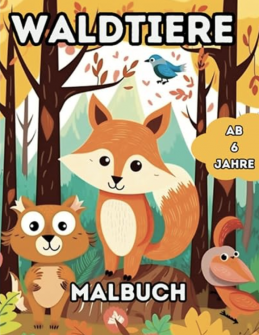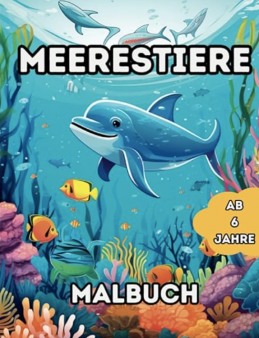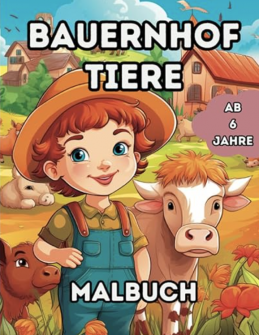Why is a banana crooked or curved?
Bananas are one of the world’s favorite fruits. They are sweet, soft, and easy to peel. You can eat them at breakfast, as a snack, or even in desserts like banana bread. But if you look closely, you’ll notice something unusual: bananas aren’t straight like cucumbers or carrots. Instead, they bend into a smile-like shape.
So here’s the big question: Why are bananas curved? Let’s take a fun deep dive into the science, history, and fun facts about bananas.
Are bananas supposed to be curved?
Yes – bananas are meant to be curved! It’s not an accident or something farmers do. It happens naturally as the fruit grows.
Bananas grow on large plants in tropical regions. These plants are not trees but giant herbs. When bananas first start to grow, they point downwards because of gravity. But bananas love sunlight. To reach the light, they begin bending upwards. This process has a scientific name: negative geotropism.
👉 In simple words:
-
Gravity pulls bananas down.
-
Sunlight pulls bananas up.
-
The result? A curved banana!
If bananas didn’t curve, they would hang straight down and might not get enough sunlight to ripen properly. Their unique bend is part of nature’s clever design.
The science of banana growth
Banana plants are fascinating. Here are some cool facts about how they grow:
-
A banana plant can grow up to 7 meters (23 feet) tall, taller than a house!
-
The “trunk” is not wood but layers of leaves tightly wrapped together.
-
A bunch of bananas is called a hand, and each banana is a finger.
-
One plant can produce around 150 bananas at a time!
When bananas start as small green fingers, they grow downward. But as they develop, they twist upward toward the sun. Over weeks, they form the bright yellow curve we all recognize.
What is a fun fact about bananas?
Bananas are full of surprises. Here are some fun facts you might not know:
-
Bananas are berries. Botanically speaking, bananas are classified as berries, while strawberries are not!
-
Banana plants are herbs. They don’t have a woody trunk, so scientists call them herbs, not trees.
-
Bananas float. Just like apples and watermelons, bananas can float in water.
-
Banana peels glow. Under ultraviolet light, banana peels shine with a blue glow.
-
Bananas are one of the oldest crops. People have eaten them for at least 7,000 years.
-
Bananas travel far. Most bananas eaten in Europe or North America come from South America or Africa.
-
Banana peels are slippery. Cartoons didn’t make this up – they really can be very slippery!
-
Bananas ripen faster next to apples. Apples release a gas that makes bananas turn yellow more quickly.
-
There are over 1,000 banana varieties. But supermarkets mostly sell the Cavendish variety.
-
Bananas have their own “language.” The word “banana” comes from Arabic and means “finger.”
Bananas in history and culture
Bananas aren’t just food – they’re part of human history and culture:
-
Bananas first grew in Southeast Asia, especially in Malaysia and Indonesia. Traders spread them to Africa, and later to the Americas.
-
In some countries, bananas are a staple food, cooked and eaten daily. Plantains, a type of banana, are boiled, fried, or baked like potatoes.
-
In Western cultures, bananas became popular in the 19th century when ships could transport them across oceans.
-
Bananas even appear in art, music, and comedy. Think about the classic “slipping on a banana peel” joke – it has been around for over 100 years!
Bananas and health
Why do so many athletes eat bananas during games or races? Because bananas are packed with goodness:
-
Potassium: Helps muscles work properly and prevents cramps.
-
Vitamin B6: Keeps your brain and nerves healthy.
-
Vitamin C: Boosts your immune system.
-
Natural sugars: Give you quick energy.
-
Fiber: Helps digestion and keeps your stomach happy.
A banana is like a natural energy bar – healthy, portable, and wrapped in its own packaging.
How many 🍌 are eaten each year?
Bananas are one of the most popular foods in the world. Here are some amazing statistics:
-
People eat more than 100 billion bananas every year.
-
That means over 13 bananas per person on Earth each year.
-
Bananas are the 4th most important crop after rice, wheat, and corn.
-
In countries like Uganda, some people eat over 200 kilograms of bananas each year.
👉 Bananas aren’t just snacks – in many countries, they are a daily meal and a vital part of life.
Banana fun around the world
Bananas are loved everywhere, and they even show up in games, sayings, and culture:
-
In English, “going bananas” means acting silly or crazy.
-
In Japan, banana-flavored sweets are super popular.
-
In Africa, people make banana beer from fermented bananas.
-
In India, banana leaves are used as plates to serve meals.
-
In Latin America, plantains are sliced and fried into crispy snacks.
No matter where you go, bananas bring joy – whether as food, fun, or tradition.
Banana myths busted
Let’s clear up some common banana myths:
-
“Bananas grow on trees.” False! They grow on giant herbs.
-
“Bananas are straight until humans bend them.” Not true – their curve is 100% natural.
-
“Monkeys eat only bananas.” Actually, wild monkeys eat many fruits, leaves, and nuts.
-
“Bananas make you fat.” Bananas are low in calories and very healthy when eaten in moderation.
-
“Bananas are always yellow.” Some varieties are red, purple, or even blue!
Conclusion
Bananas are curved because they bend upward to reach the sunlight while growing. This natural process makes them one of the most unique-looking fruits on Earth. But bananas are more than just their shape – they are healthy, historic, and loved worldwide.
Next time you peel a banana, you’ll know you’re holding not just a fruit, but a little piece of science, history, and fun in your hand.
FAQ – Kids’ Questions About Bananas
1. Do all bananas curve?
Most do, but some wild bananas grow straighter depending on their variety.
2. Why do bananas turn brown?
As bananas ripen, their starch turns to sugar. Over time, the peel darkens, but the banana is still safe to eat.
3. Can you eat banana peels?
Yes, they are edible if cooked, though most people prefer only the inside.
4. Do bananas make you happy?
Bananas contain tryptophan, which helps your brain produce serotonin – often called the “happy chemical.”
5. Are bananas the most popular fruit in the world?
Yes, bananas are among the top fruits eaten worldwide, along with apples and oranges.





